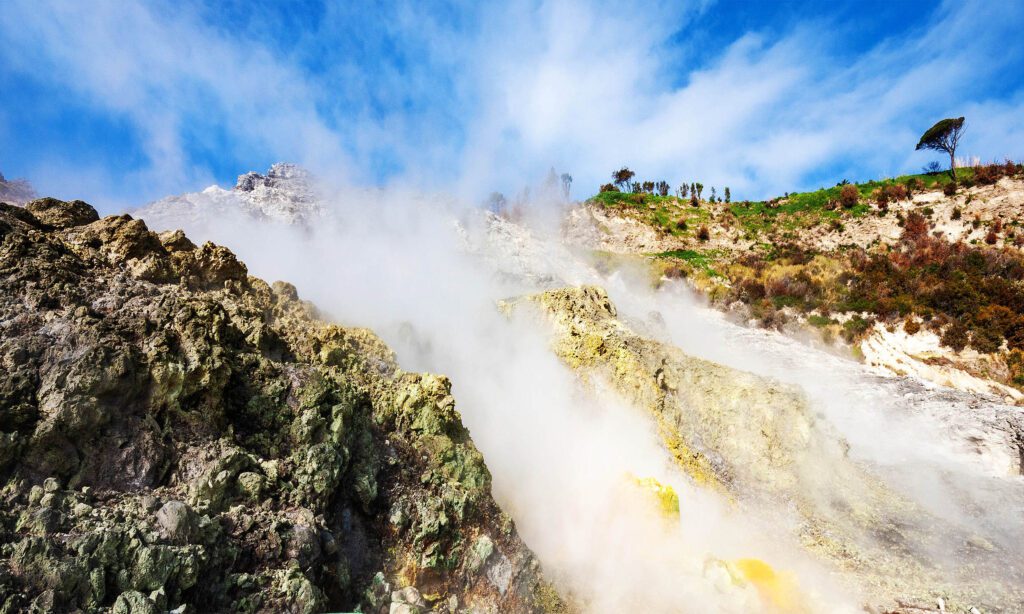The article discusses recent studies about Campi Flegrei, a "Super Volcano" near Naples that last erupted in 1538. For years, scientists interpreted signs like ground movements and gas emissions as indicators of potential eruptions. However, studies from March 2023 and May 2025 present a more optimistic outlook.
Key Findings:
-
Gas Emissions: A 2023 study noted rising CO₂ levels, with data suggesting an increase from hydrothermal systems (hot water reactions) rather than solely magma movement. This indicates that up to 40% of CO₂ emissions can come from non-magmatic sources, thus altering the urgency surrounding gas spikes.
-
Pressure Dynamics: Research published in May 2025 revealed that pressure in Campi Flegrei is mainly due to a geothermal reservoir rather than rising magma. The caprock above this reservoir can seal cracks quickly, causing pressure to build, which results in earthquakes. This is contrary to the typical expectation of magma-driven seismic activity.
-
Management Strategies: The findings suggest that if pressure can be managed by controlling the water levels and groundwater influx, risks associated with seismic activity could be mitigated. Proposed strategies include restoring surface water channels and monitoring groundwater.
- Eruption Risk: While these studies bring hope, they do not eliminate the risk of eruptions entirely. The presence of deep magma and potential for steam-driven explosions still poses threats.
Conclusion:
The research signifies a paradigm shift in volcanic monitoring. By focusing on groundwater management alongside traditional magma monitoring, scientists and civil engineers could potentially regulate the pressure within Campi Flegrei, offering a new approach to managing volcanic hazards.


